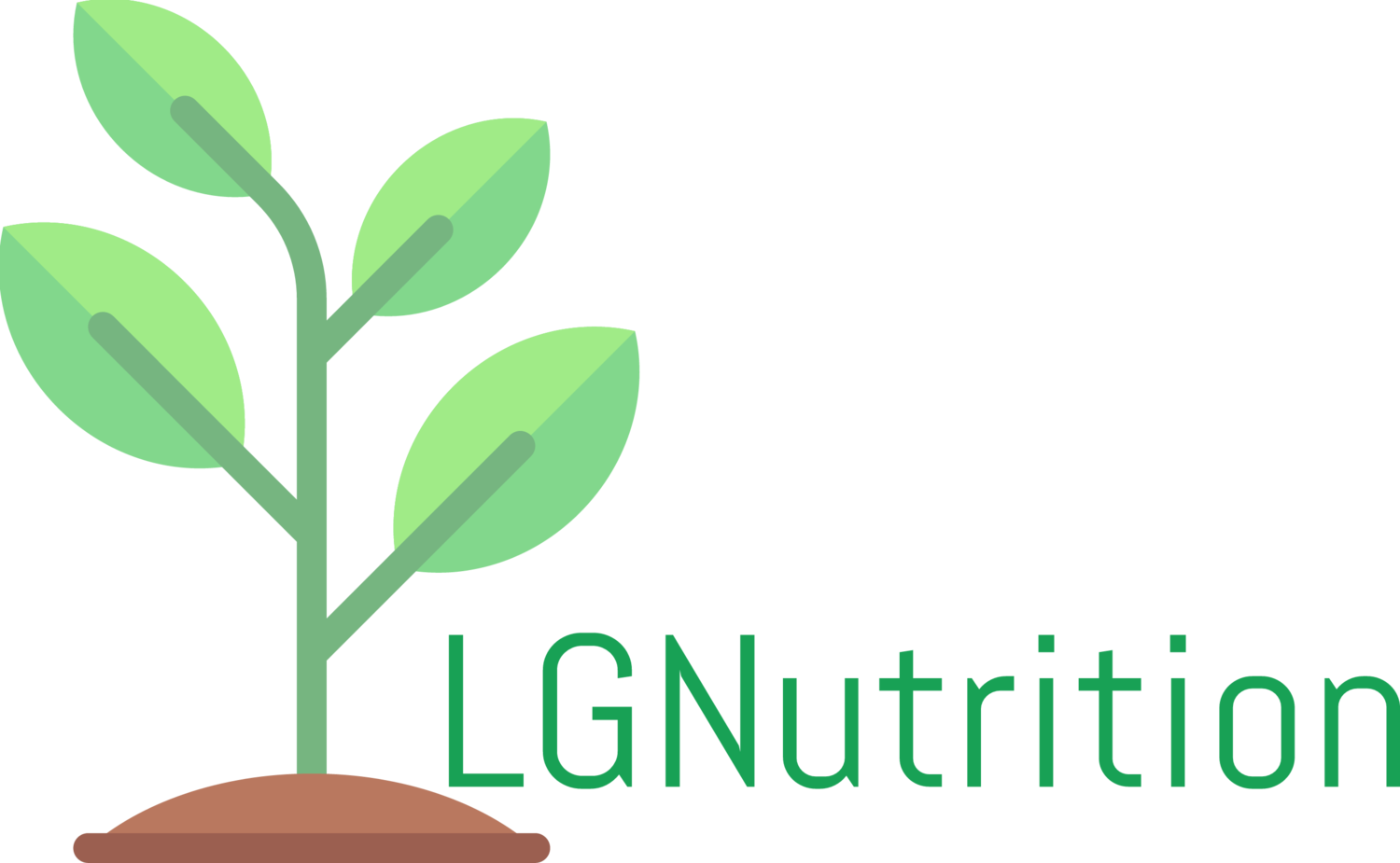One of the most common symptoms clients ask me about if fatigue. Is there a nutritional cause for my fatigue?
In many cases, nutrition can be a factor in fatigue. Some of the lab work that can be helpful to evaluate include iron, hemoglobin and ferritin (stored iron). Having iron deficient blood or low stores of iron can contribute to fatigue. If an individual expresses significant fatigue after eating, I would assess for low hydrochloric acid (inadequate acid to breakdown protein based foods), reactive hypoglycemia, and appropriate macronutrient balance to avoid sugar crashes after eating.
A comprehensive vitamin-mineral panel that tests all vitamins, minerals, antioxidants and amino acids can also be very helpful in determining what an individual’s body needs or is having trouble acquiring from food. Certain genetic mutations, such as the MTHFR gene, would limit a individual from absorbing non-methylated forms of Vitamin B-6, B-12, and folate/folic acid.
Other factors not related to nutrition are also important to consider: quality and quantity of sleep, impact of medications on fatigue and thyroid function.

